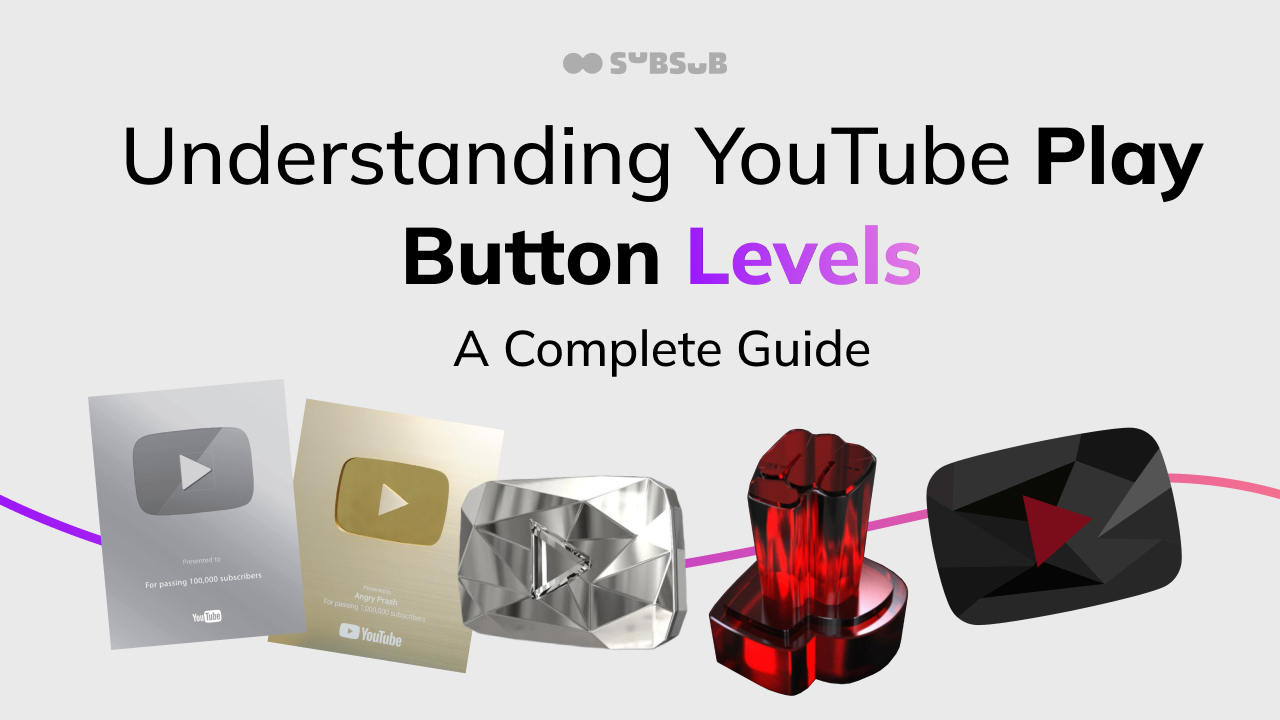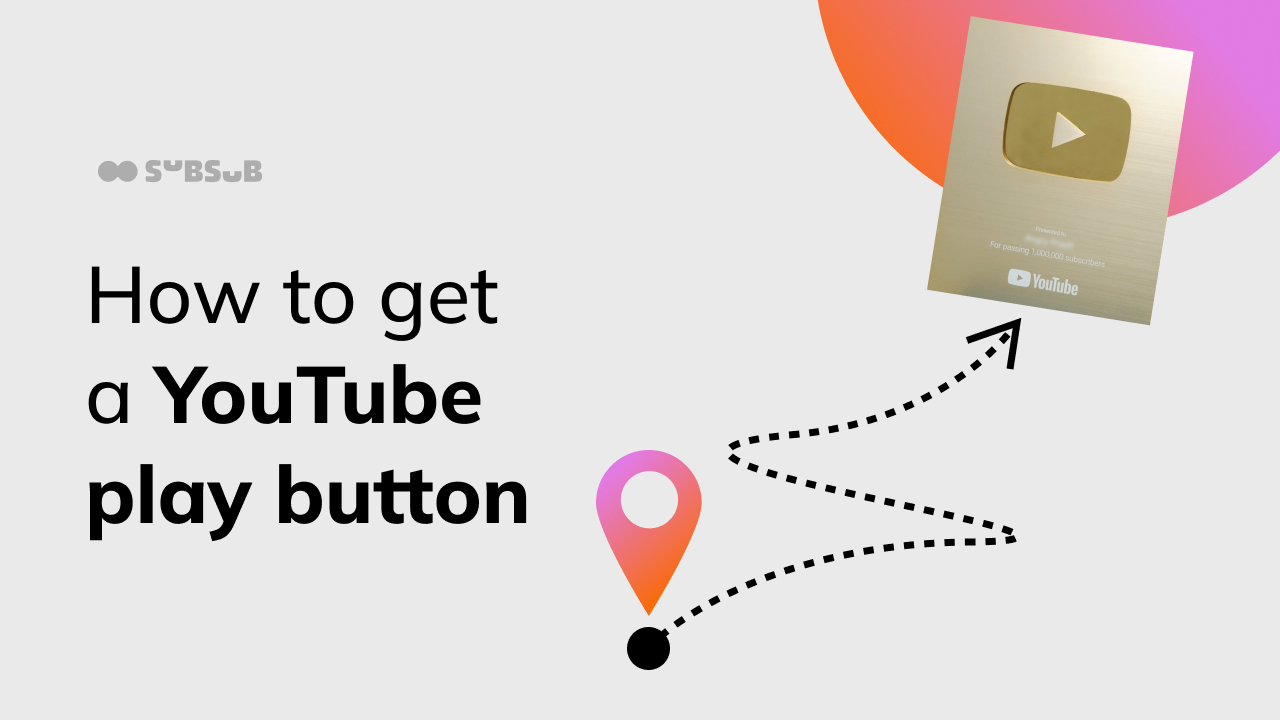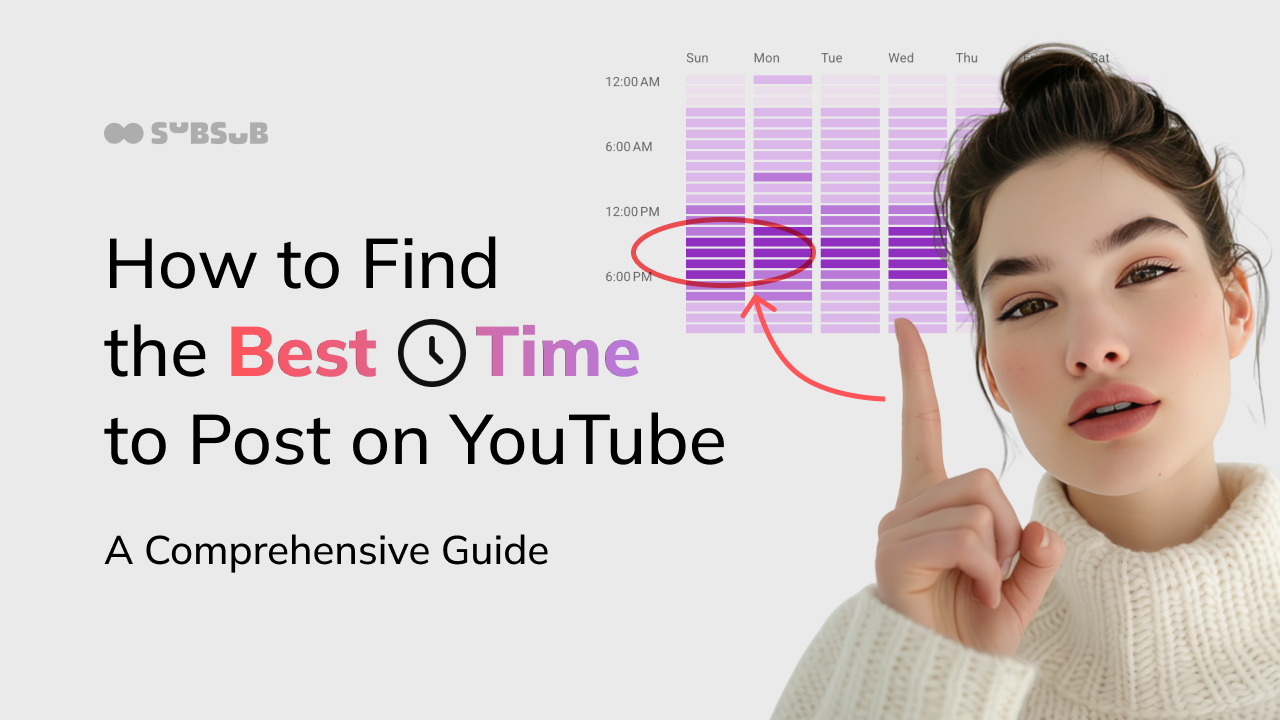Imagine uploading a video you poured hours into, only to have it buried under thousands of similar clips. It’s frustrating, right? The secret to getting your content noticed often lies in one simple strategy: keyword research. Knowing exactly what your audience is searching for can transform your YouTube channel from a hidden gem into a shining star.
Why Keyword Research Matters on YouTube
Keywords are the foundation of YouTube’s search engine. When someone types a phrase into the search bar, YouTube looks for videos that best match those words. If your video’s title, description, and tags don’t align with what people are searching for, your content might never reach the right viewers.
Unlike Google, YouTube is a video platform, so its algorithm weighs keywords differently. It’s not just about stuffing keywords but about understanding intent and relevance. When done right, keyword research helps you create content that answers specific questions or solves problems, which viewers actively seek.
Moreover, keyword research can guide you in identifying trending topics within your niche. By analyzing what users are searching for, you can tap into current interests and create timely content that resonates with your audience. This not only increases your chances of appearing in search results but also boosts engagement, as viewers are more likely to click on videos that address their immediate curiosities or needs. Tools like Google Trends and YouTube's own search suggestions can provide valuable insights into what’s hot right now, allowing you to stay ahead of the curve.
Additionally, understanding the competitive landscape through keyword research can help you carve out your unique space on the platform. By examining the keywords used by successful channels in your niche, you can identify gaps in the content that you can fill. This strategic approach not only enhances your visibility but also positions you as a credible source of information, fostering a loyal viewer base that returns for your insights and expertise. In a sea of content, being intentional with your keyword strategy can make all the difference in standing out and building a thriving channel.
Step 1: Brainstorm Your Video Topics
Start by listing broad topics related to your niche. If you run a cooking channel, your broad topics might include “easy dinner recipes,” “baking tips,” or “healthy snacks.” These general ideas will serve as a springboard for more targeted keyword research. Consider expanding your list by incorporating seasonal themes or trending topics within the culinary world, such as “summer grilling ideas” or “holiday baking classics.” This approach not only keeps your content fresh but also aligns with what viewers are actively searching for at different times of the year.
Think about your audience’s pain points and interests. What problems do they want to solve? What questions do they ask? The better you understand your viewers, the easier it is to find keywords that resonate. Engaging with your audience through polls or comments can provide invaluable insights into their preferences. For instance, if many viewers express a desire for quick meal prep ideas, you might consider creating a series focused on 30-minute meals or one-pot dishes that cater to busy lifestyles.
Use Your Own Experience
Consider the questions friends or followers have asked you about your niche. These real-life queries often reflect actual search behavior. Jot them down—they might become your next video topic or keyword focus. Additionally, think about your own experiences in the kitchen. Have you faced challenges that others might also struggle with? Sharing your personal journey, including both successes and failures, can create relatable content that resonates with your audience and encourages them to engage more deeply with your channel.
Check Out Competitors
Browse channels similar to yours and note which videos perform well. Look at their titles and descriptions for keyword ideas. Don’t copy, but learn what’s working in your space. Pay attention to the comments section of these videos as well; viewers often share what they enjoyed or what they wish had been included. This feedback can be a goldmine for generating new content ideas. Moreover, consider exploring different formats that your competitors may be using, such as live cooking demonstrations or collaboration videos, which can help you diversify your content and attract a broader audience.
Step 2: Use YouTube’s Search Suggest Feature
YouTube’s autocomplete suggestions are a goldmine. Start typing a keyword related to your niche into the search bar, and YouTube will suggest popular searches beginning with those letters. These suggestions reflect what people are actively searching for right now.
For example, typing “easy dinner” might show suggestions like “easy dinner recipes,” “easy dinner ideas for two,” or “easy dinner recipes with chicken.” These phrases can guide your content creation and keyword targeting. By focusing on these trending queries, you not only align your content with viewer interests but also enhance your chances of appearing in search results, thereby increasing your visibility on the platform.
Dig Deeper with Alphabet Soup
Try adding letters or numbers after your keyword to uncover even more suggestions. For instance, “easy dinner a,” “easy dinner b,” or “easy dinner 1” can reveal less obvious but valuable keywords. This technique, often referred to as "Alphabet Soup," can lead you down a rabbit hole of niche topics that may not be immediately apparent. You might discover specific dietary preferences like “easy dinner vegan” or “easy dinner gluten-free” that could cater to targeted audiences.
Additionally, consider using this method to explore seasonal trends or special occasions. For example, searching “easy dinner Halloween” or “easy dinner Christmas” can yield unique ideas that resonate with viewers during those times. By tapping into these seasonal keywords, you can create timely content that captures the attention of users looking for inspiration, thus positioning your channel as a go-to resource for relevant and engaging ideas throughout the year.
Step 3: Analyze Keyword Competition and Search Volume
Not all keywords are created equal. Some are highly competitive, meaning many creators are targeting them, making it harder for your video to rank. Others have low search volume, so even if you rank high, few people will see your video.
Balancing these factors is key. Aim for keywords with moderate competition and decent search volume. These offer the best chance to attract viewers without getting lost in the crowd.
Use Keyword Research Tools
Tools like Keyword Tool for YouTube and SubSub Analytics to collect valuable insights into search volume, competition, and related keywords. These platforms often offer free versions with enough features to get started.
Look for keywords with a good balance of search volume and competition score. A keyword with high search volume and low competition is ideal but rare. More often, you’ll find middle-ground keywords that still bring meaningful traffic.
Step 4: Craft Your Video Title and Description Around Keywords
Your video title is the first thing viewers see. It needs to be clear, compelling, and keyword-rich. Incorporate your primary keyword naturally without making the title sound awkward or spammy.
The description is another opportunity to reinforce your keywords. Write a detailed description that explains what your video covers, using your main and related keywords. This helps YouTube understand your video’s content and improves its chances of appearing in search results.
Don’t Forget Tags
Tags may not carry as much weight as they used to, but they still help categorize your video. Use a mix of broad and specific tags related to your keywords. Think of tags as additional clues for YouTube’s algorithm.
Step 5: Monitor Your Video Performance and Adjust
After publishing, keep an eye on how your video performs in search results and suggested videos. YouTube Analytics provides data on traffic sources, watch time, and audience retention.
If your video isn’t getting the views you expected, consider tweaking the title, description, or tags to better match popular keywords. Sometimes small adjustments can make a big difference.
Experiment and Learn
Keyword research is an ongoing process. Trends change, and so do viewer interests. Regularly revisit your keyword strategy and adapt based on what the data tells you.
Additional Tips for Effective YouTube Keyword Research
Focus on Long-Tail Keywords
Long-tail keywords are longer, more specific phrases that often have less competition. For example, instead of “dinner recipes,” try “easy healthy dinner recipes for beginners.” These keywords attract viewers who know exactly what they want.
Use Questions as Keywords
Many people search YouTube with questions like “how to bake a cake” or “what is the best camera for YouTube.” Creating videos that answer these questions can capture highly engaged viewers.
Leverage Trending Topics
Keep an eye on trending topics within your niche. Jumping on a trend early can boost your visibility. Use tools like Google Trends or YouTube’s trending page to spot opportunities.
Optimize Thumbnails Alongside Keywords
A clickable thumbnail paired with a keyword-optimized title can significantly increase your click-through rate. Make sure your thumbnails are clear, eye-catching, and relevant to the content.
Wrapping It Up
Keyword research on YouTube isn’t about guessing or hoping for the best. It’s a strategic process that involves understanding your audience, using the right tools, and continuously refining your approach. When you master keyword research, your videos don’t just get views-they reach the right viewers who engage, subscribe, and share.
Start with broad topics, dig into YouTube’s search suggestions, analyze competition, and craft your titles and descriptions carefully. Keep learning from your analytics and stay flexible. Your next viral video might just be one well-chosen keyword away.
Take Your YouTube Success to the Next Level with SubSub
Now that you're equipped with the knowledge to enhance your YouTube keyword research, why not amplify your success with SubSub? As the ultimate revenue booster for creators, SubSub offers a comprehensive suite of digital products and expert services tailored to help you thrive on YouTube. From unlocking advanced analytics to maximizing your revenue potential, our exclusive YouTube network is your gateway to growth. Sign up for free today and join a community of successful creators leveraging the largest database of top YouTube channels across 130 countries and 22 categories. Elevate your channel with SubSub and watch your hard work pay off!




.png)










